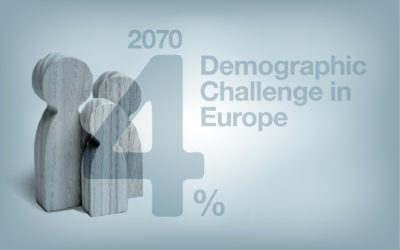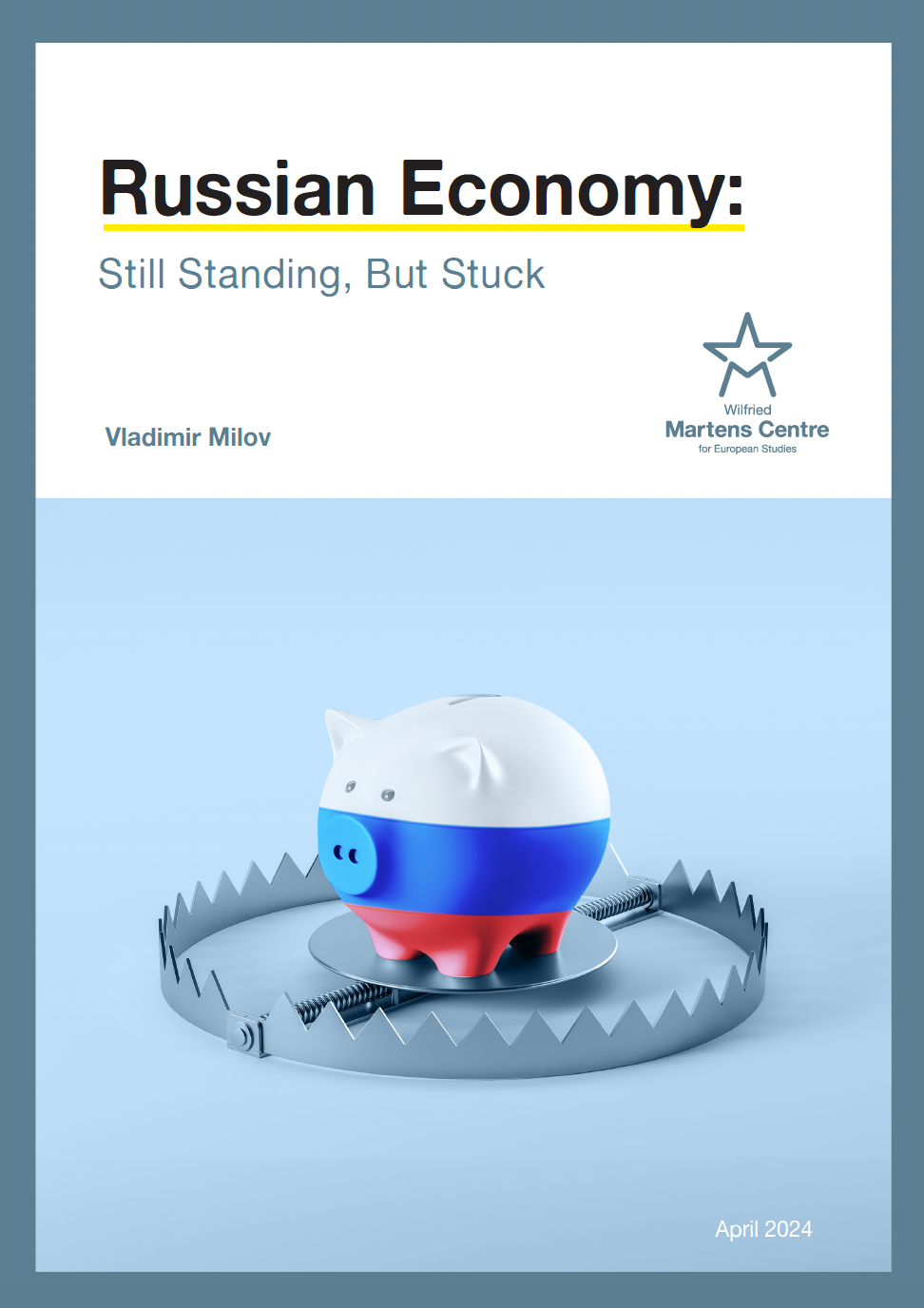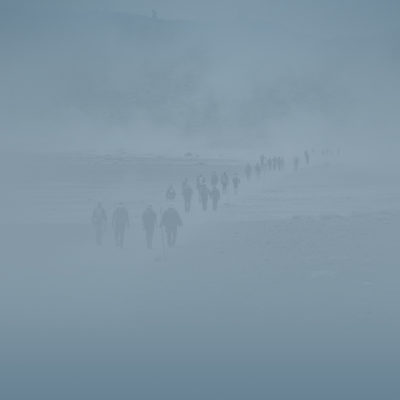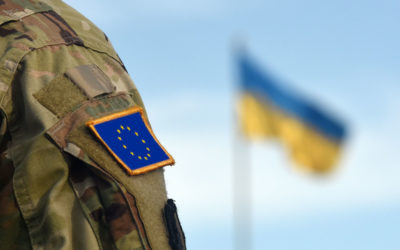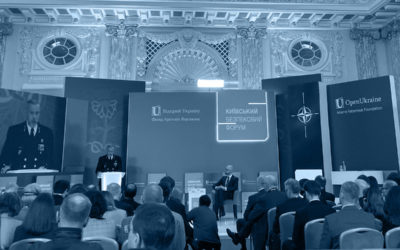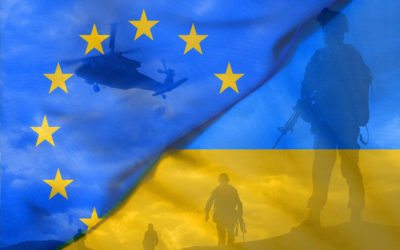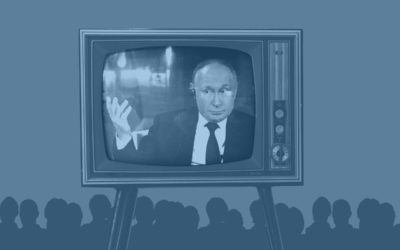The Lessons of History Bode Ill for Ukraine and the West
27 July 2023
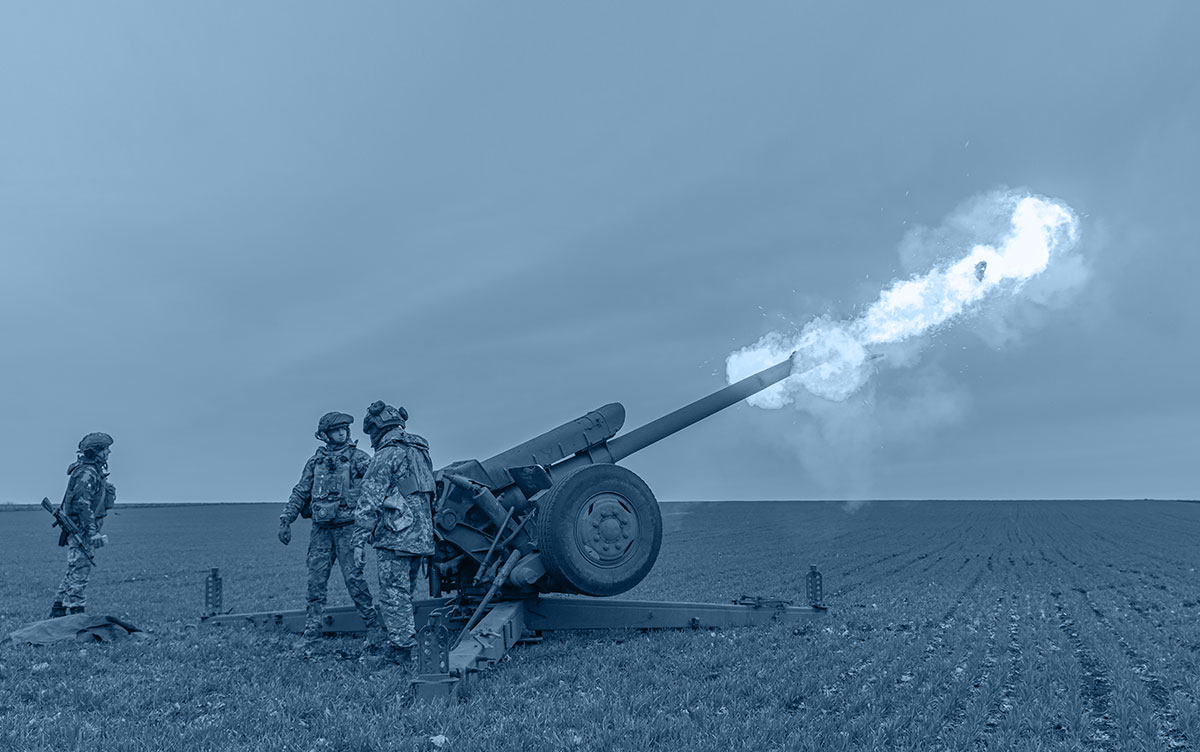
I was watching MSNBC a few days ago. The discussion was about why the US was supplying Ukraine with cluster munitions, arms which are banned in the US itself. When asked why the Biden Administration was supplying such munitions to Ukraine, one of the show’s participants, New York Times columnist David Brooks, gave an answer that really startled me. He said “I guess they (the US) have no other munitions to send”.
So, after a few months of artillery-intense trench warfare, the West has run out of supplies of shells and missiles, and cannot replenish its stocks quickly enough. This reveals acute vulnerability. How on earth did the US, and its European allies, find themselves in this situation? What would happen if Europe found itself engaged in a protracted conflict with Russia? Would we be able to keep our own divisions supplied?
It seems as if the West has been taken by surprise by this munitions shortage. There is no excuse for that. History provided us with ample warnings. There is a clear precedent, in relatively recent history, for the style of war now being waged in Ukraine… the artillery bombardments, followed by assaults on deep entrenchments, that characterised the Western Front in the First World War. Advances could only be made after heavy bombardment of the front line had first been undertaken.
Like in Ukraine, the First World War was initially a war of movement. The Germans made rapid advances in 1914, until the French halted them on the Marne. After that, the war quickly became a static artillery war, where advances of as little as 100 metres were celebrated as triumphs. These small advances involved huge casualties among the advancing forces, unless they had been preceded by heavy artillery barrages, with a calibre of shell which destroyed barbed wire as well as larger fortifications.
In general terms, casualties among the attacking forces were three times as great as they were among the defenders. It stands to reason there is probably a similar ratio in Ukraine now as well.It is becoming plain that Ukraine does not have sufficient supplies of either the type or amount of munitions required to make a major breakthrough and preserve the lives of the brave Ukrainian soldiers sent in to attack the Russian lines. Meanwhile, Russia posseses air superiority, which is more important now than it was in World War One.
I do not understand why the counter offensive was announced in the first place, when adequate supplies of artillery and munitions were not yet in place. A worrying lack of strategic foresight is evident. Here again, the political precedents from World War One are far from encouraging.
Within a couple of months of that war starting in 1914, there was already an acute shortage of shells and heavy artillery in the British Army; France and Germany were better supplied. This situation is described by Lloyd George, in Volume One of his War Memoirs. He described the War as a war between German “mechanics” (i.e., munitions manufacturers) and British manufacturers, and said that, in 1915, the German “mechanics” were winning.
Radical action was required. There was an acute shortage of people available to work in munitions and artillery factories. State enterprise had to be brought into play, because private enterprise was too slow in setting up the required factories. State-owned “Royal Factories” were set up all over these islands, including in Dublin, Waterford, Cork and Galway. There were not enough men to work in the factories. So, women had to be employed in this dangerous work. The War became an industrial war.
But even the opening of the Royal Factories, and the recruitment of thousands of women workers, was too slow in delivering the necessary shells in 1915. This was because there was an acute labour shortage then, just as there is in 2023. The Daily Mail went on the war path. A political crisis ensued. The Liberal Government, led by Asquith and supported by the Irish Party, which was committed to Home Rule, was replaced by a coalition of Liberals and Unionists, led by Lloyd George. In other words, the munitions crisis of 1915 has influenced our political reality today.
The West is facing similar choices today. Notwithstanding the fact that the NATO counties, especially the US, outspend the Russians on military hardware by an outstanding factor, they have yet to mobilise society for the existential struggle which its chosen ally, Ukraine, is undergoing.
In addition, the EU may face a political crisis as well because it has not matched its needs with the necessary resources. Member governments must simultaneously ramp up arms production for Ukraine, pour money into the Green Deal, provide for the healthcare of an ageing population, and manage the debt inherited from the COVID-19 epidemic, while still respecting the Maastricht budgetary criteria. These challenges require serious, considerate solutions in order to avoid the pitfalls which have previously befallen the nations of Europe in times of crisis.
This is all the more true in a scenario where Donald Trump wins the 2024 election in the US, where he may decide to stop supplying arms to Ukraine. Europe would then be alone facing Putin.
ENJOYING THIS CONTENT?



